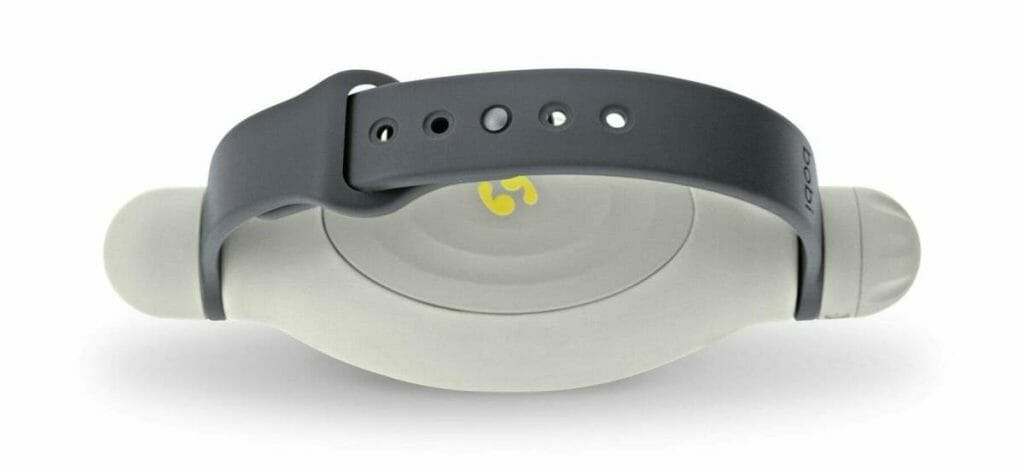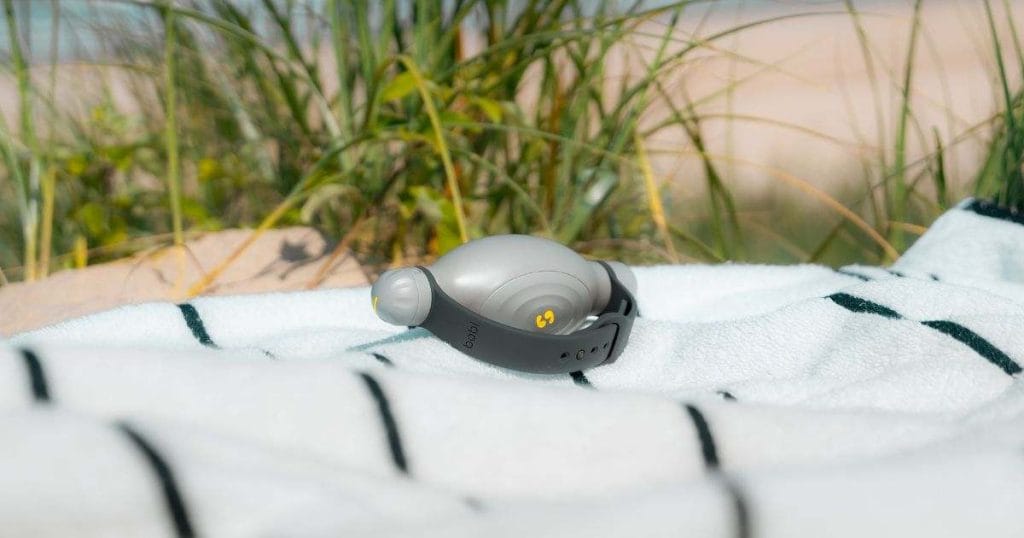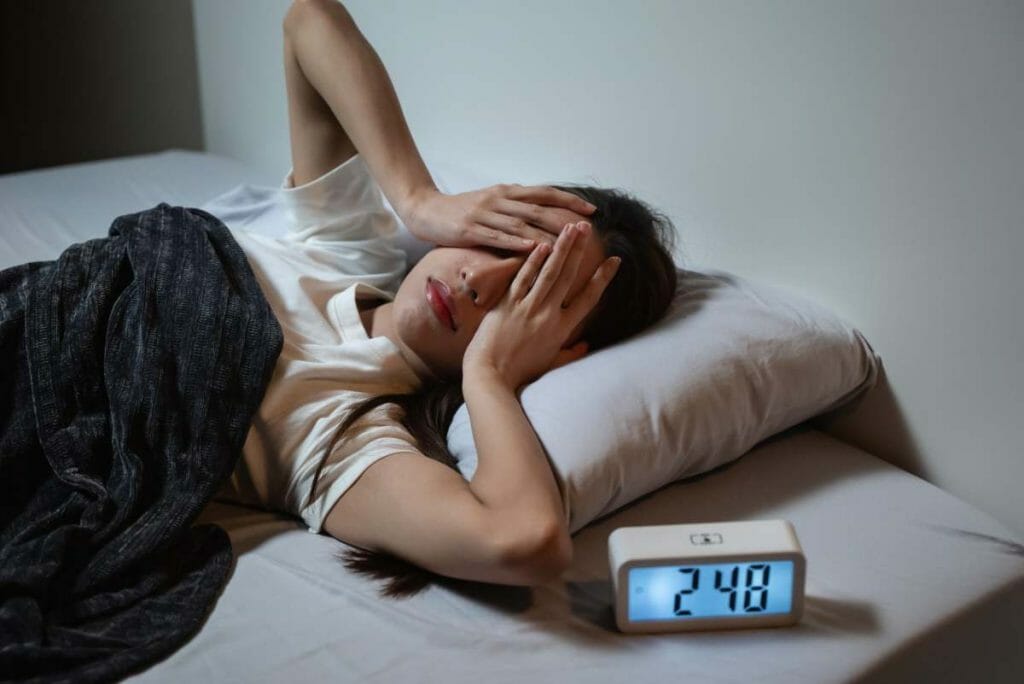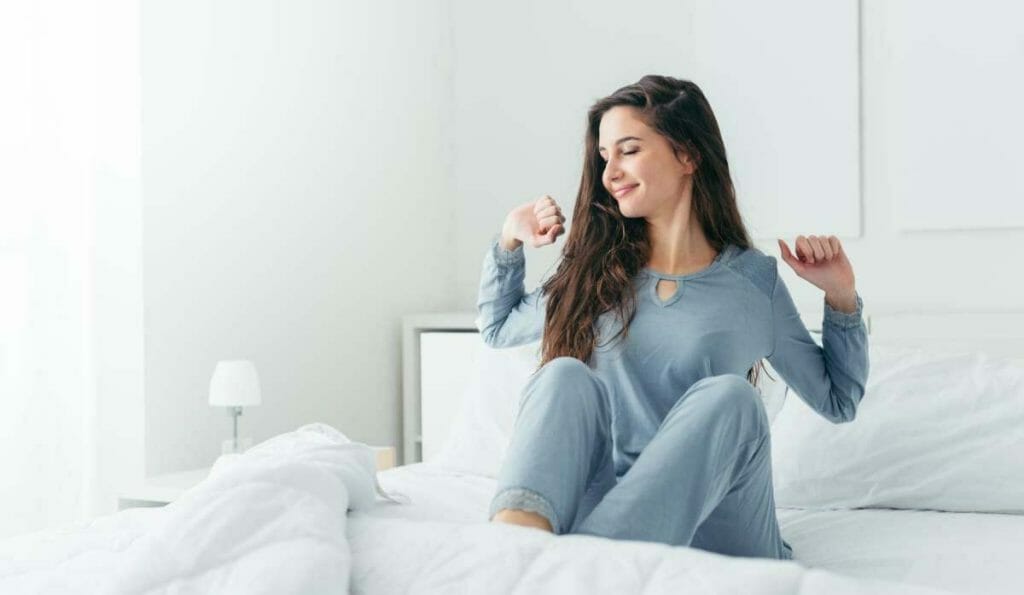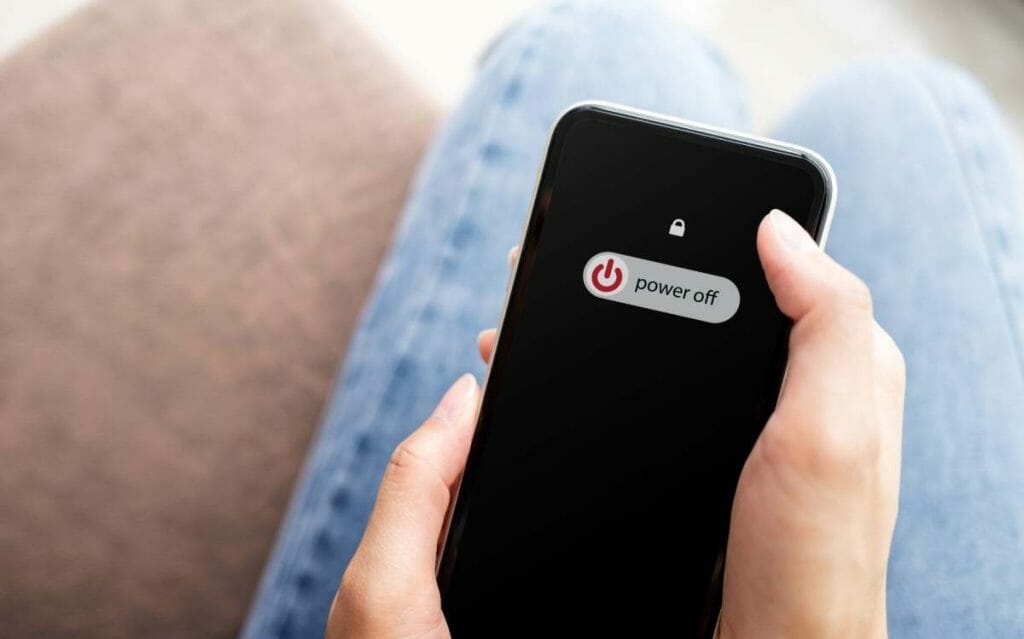Progressive Muscle Relaxation for Sleep with bobi

Do you struggle with falling asleep at night? Do thoughts of the day’s events or tomorrow’s to-do list keep racing through your mind? You are not alone. Millions of people worldwide suffer from sleep disorders and insomnia. While there are several therapies available, Progressive Muscle Relaxation (PMR) is a successful tool in helping people fall asleep easier and stay asleep longer. In this blog post, we will delve into what PMR is, how it works, and its connection to sleep quality. We will also discuss techniques for performing PMR and how bobi can enable PMR through breathing exercises to improve overall sleep patterns.
What I See in my Psychology Clinic
In my psychology clinic, I frequently encounter clients who struggle with various issues such as stress, anxiety, and sleep disturbances. As a natural technique for promoting better sleep, I often recommend progressive muscle relaxation. This approach involves the deliberate tensing and subsequent release of specific muscle groups to induce a state of relaxation. By practising progressive muscle relaxation, individuals can experience a reduction in blood pressure, heart rate, and overall tension. These physiological changes contribute to improved sleep quality. Moreover, this technique offers beneficial effects on mental well-being, providing much-needed stress relief and promoting overall mental health.
Understanding Progressive Muscle Relaxation (PMR)
Progressive muscle relaxation for sleep involves tensing and then releasing specific muscle groups, which promotes a relaxation response in your body. This technique has numerous benefits, including reducing high blood pressure, lowering heart rate, and relieving overall tension. There is a clear connection between progressive muscle relaxation and stress reduction, making it an effective tool for enhancing sleep quality. A central tenet behind progressive muscle relaxation is that there is a relationship between a person’s mind and body. As eloquently put by well-known neuroscientist Dr. Andrew Huberman: “’You can’t use the mind to control the mind”.
The Science Behind PMR
Progressive muscle relaxation (PMR) triggers your body’s natural relaxation response, helping to lower your heart rate, blood pressure, and overall stress levels. By practicing PMR, you can reverse the stress response in your body and promote a relaxed state of mind. PMR is a standard technique used widely in cognitive behaviour therapy.
How PMR Works
Progressive muscle relaxation (PMR) works by systematically tensing and releasing different muscle groups in your body. This technique helps your body relax from head to toe, reducing overall tension. PMR also calms your mind and promotes deep relaxation, which can improve sleep quality. The process involves starting with your head and gradually moving down to your toes, tensing and then relaxing each muscle group.
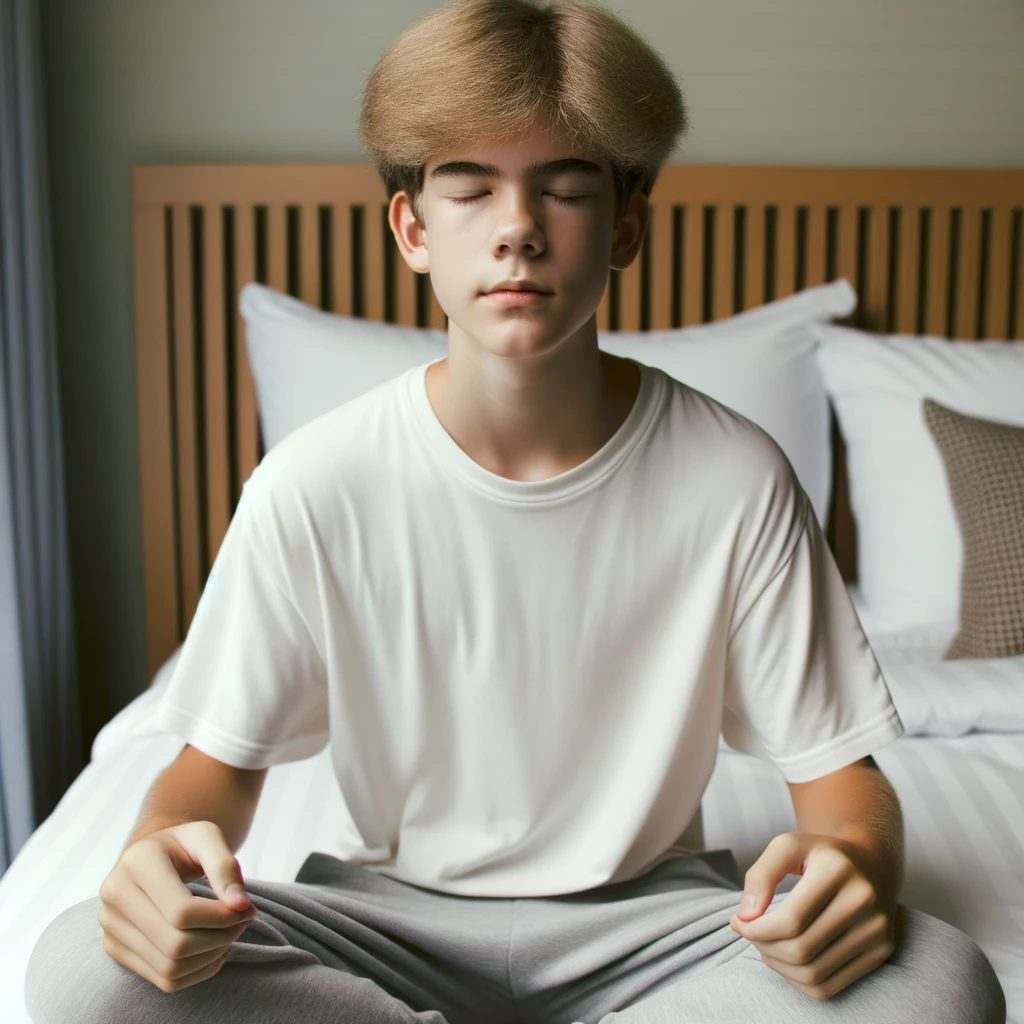
The Connection Between PMR and Sleep
PMR can greatly improve your sleep quality. PMR helps in easing muscle tension, allowing your body to enter a state of relaxation that is conducive to sleep. This is especially beneficial for individuals suffering from insomnia. It provides a natural and effective way to achieve better sleep. By incorporating PMR into your bedtime routine, you can create a mental connection between relaxation and sleep, setting the stage for a peaceful night’s rest.
Mental health professionals have long utilised PMR and slow breathing techniques as the most beneficial relaxation strategies, irrespective of the circumstance or environment. In summary, PMR has been one of the most widely investigated of all relaxation strategies and is recognised by the American Psychological Association as an empirically supported treatment for insomnia.
How PMR Improves Sleep Quality
By quieting the mind and reducing muscle tension, PMR promotes relaxation and prepares the body for sleep. This technique not only alleviates headaches and discomfort but also helps to reduce stress levels, leading to better sleep. Slow breathing and focusing on relaxed muscles from head to toe can help lower high blood pressure and induce a state of physical and mental calm. PMR offers an effective way to unwind and achieve a deeper and more restful sleep and is backed by decades of scientific research.
The Role of PMR in Reducing Stress and Anxiety
PMR is an effective technique that can help reduce stress levels and alleviate anxiety symptoms. By engaging in PMR, you can lower stress hormone levels, promoting relaxation and better mental health. This technique plays a crucial role in calming your body’s stress response and lowering overall stress levels. It involves tensing and releasing different muscle groups, allowing for deep relaxation and a sense of calm.
Research involving sports performance has shown that focusing on self-motion combined with repeated rotations through “contract–relaxation–recontract” cycles (as used in PMR) of muscle movements, assists athletes develop a “sophisticated understanding” of voluntary relaxation of their whole-body muscle.
PRM has also shown positive effects on pre-competition state self-confidence and enhanced sports performance among athletes. Another Recent research study, involving basketball athletes, concluded that PMR “proved to be an effective technique to reduce cognitive anxiety and stress related to sports”.

Techniques for Performing PMR
To effectively practice progressive muscle relaxation, you can choose to follow step-by-step techniques. Start by finding a quiet place where you can focus without distractions. Take a slow breath and begin tensing and releasing each muscle group from your head to your toes. This process helps relax your muscles and release tension, promoting better sleep. You can enhance your relaxation experience by using guided muscle relaxation audio resources. It’s also helpful to find a comfortable position, such as lying down or sitting with relaxed muscles.
Paired Muscle Relaxation
A slight variation to PMR is ‘Paired Muscle Relaxation’ which is a widely used technique that synchronises the muscle tensing action with breathing. Paired muscle relaxation involves inhaling gently at the same time as you are tensing (or contracting) your muscles. As you relax your muscles, you gently release your breath at the same time. And so, your breathing is ‘paired’ with the action of tensing and relaxing. This technique forms an integral component of managing strong emotions as delivered through dialectical behaviour therapy (DBT).
How Can bobi Enable PMR Through Breathing?
Enhance your progressive muscle relaxation practice with bobi’s guided breathing. Let bobi’s tactile cues and slow breathing technique G.E.N.3.6.5 help you release muscle tension and achieve a state of relaxation for better sleep. Try bobi for aided progressive muscle relaxation and synchronise your breathing as you squeeze in, and then relax.
bobi remains a highly effective tool to coach PMR as it utilises the exact biomechanics required through the tensing (contracting) of hand muscles followed by the release, and passive expansion, of the device. As such bobi is considered the perfect companion for embedding PMR.
Conclusion
Progressive Muscle Relaxation (PMR) is a simple yet effective technique for improving sleep quality and reducing stress and anxiety. By consciously tensing and relaxing different muscle groups, PMR helps release tension from the body and promotes a deep sense of relaxation. This relaxation response can help calm the mind, prepare the body for sleep. With the assistance of bobi guiding you through the PMR technique, you can easily incorporate this practice into your bedtime routine. So, if you’re looking to enhance your sleep experience and achieve better overall well-being, give PMR a try with bobi. Get your bobi from here!
FAQ’s
1. What is Progressive Muscle Relaxation (PMR) and how does it help with sleep?
PMR is a technique that involves deliberately tensing and then releasing specific muscle groups to induce a state of relaxation. It helps in reducing blood pressure, lowering heart rate, and relieving overall tension, which contributes to improved sleep quality. By practicing PMR, individuals can experience stress relief, improved mental health, and better sleep patterns.
2. Can PMR be used to treat sleep disorders and insomnia?
Yes, PMR has been found to be a successful tool in helping people fall asleep easier and stay asleep longer, making it beneficial for individuals suffering from sleep disorders and insomnia. It eases muscle tension and promotes a state of relaxation conducive to sleep.
3. How does PMR work and what is the process for practising it?
PMR works by systematically tensing and releasing different muscle groups in the body, helping to reduce overall tension and promote a relaxed state of mind. The process involves starting with the head and gradually moving down to the toes, tensing and then relaxing each muscle group.
4. What is the connection between PMR and mental well-being?
PMR offers beneficial effects on mental well-being, providing stress relief and promoting overall mental health. It plays a crucial role in calming the body’s stress response, lowering stress hormone levels, and promoting a relaxed state of mind, which is essential for good mental health.
5. How can bobi enhance the practice of PMR for better sleep?
bobi can enable PMR through guided breathing exercises and tactile cues, helping individuals release muscle tension and achieve a state of relaxation conducive to better sleep. By synchronizing breathing with the tensing and relaxing of muscles, bobi enhances the PMR experience, making it easier to incorporate this practice into a bedtime routine for improved sleep quality.
Research:
- Hood, C. J. (Year). Progressive Muscle Relaxation. In *Journal of Human Behavior in the Social Environment* (Vol. 13, Issue 3). Taylor & Francis. Link.
- Yang, M., Yang, J., Gong, M., Luo, R., Lin, Q., & Wang, B. (Year). Effects of Tai Chi on Sleep Quality as Well as Depression and Anxiety in Insomnia Patients: A Meta-Analysis of Randomized Controlled Trials. International Journal of Environmental Research and Public Health. Link.
- Battaglini, M. P., Pessôa Filho, D. M., Calais, S. L., Miyazaki, M. C. O. S., Neiva, C. M., Espada, M. C., de Moraes, M. G., & Verardi, C. E. L. (2022). Analysis of Progressive Muscle Relaxation on Psychophysiological Variables in Basketball Athletes. International Journal of Environmental Research and Public Health, 19(24), 17065. Link.

